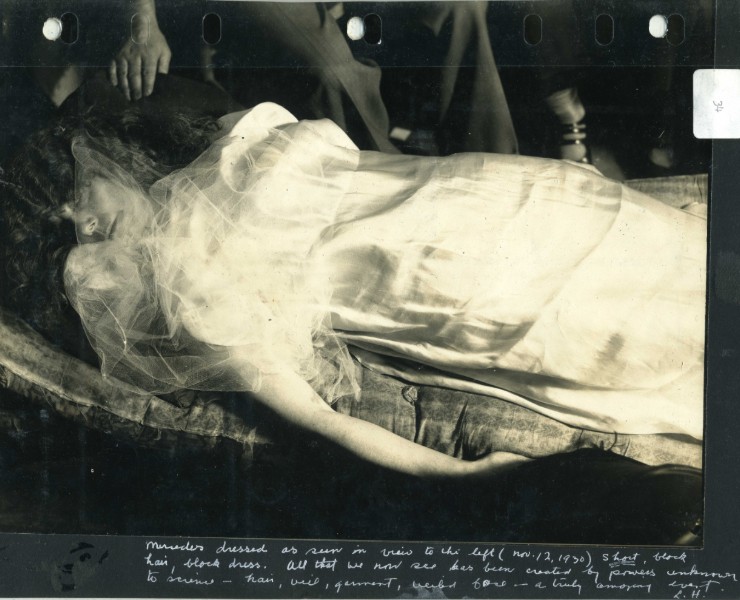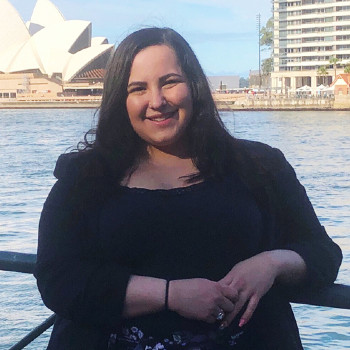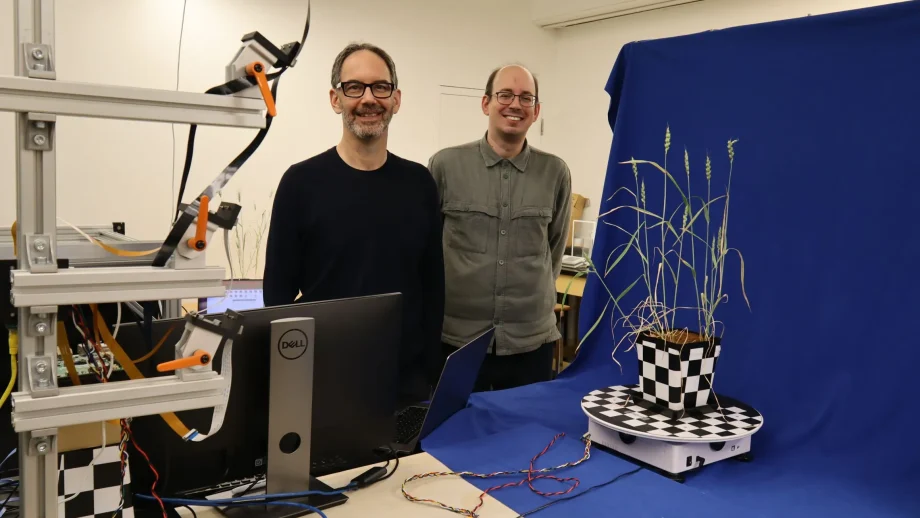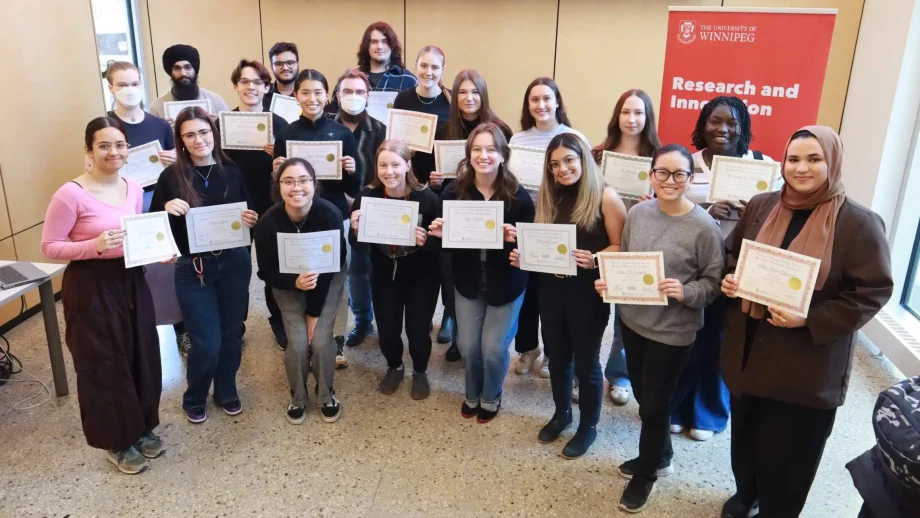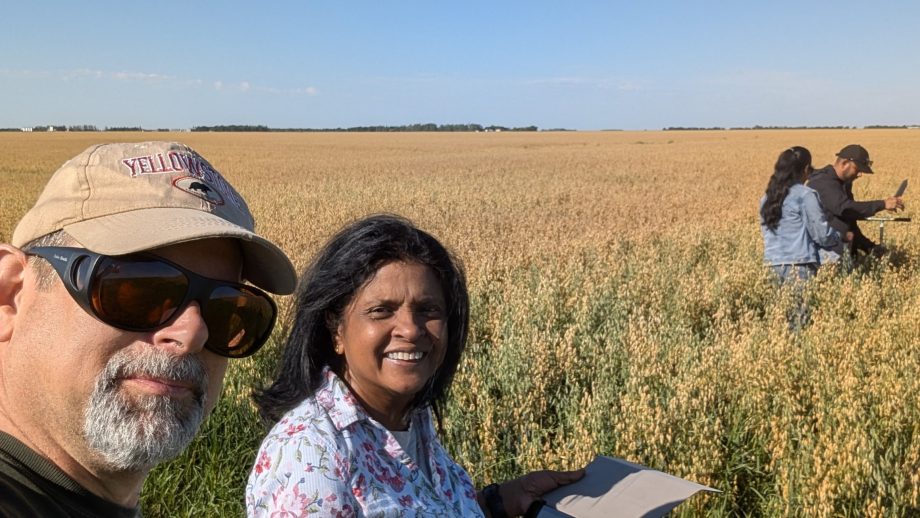Indigenous Summer Scholar Sierra Hill loves going to museums. She is interested in curating, education, and public history. Working with UWinnipeg’s art historian Dr. Serena Keshavjee melds her interests, and love of museums, together.
Keshavjee is currently planning an exhibition The Visual Culture of Ghosts, supported by a Social Sciences and Humanities Research Council (SSHRC) grant. Hill will be training with Keshavjee on curatorial preparation for the exhibition. This project will examine stories and images of Winnipeg as a historical supernatural centre.
The Visual Culture of Ghosts is using the historic photographic archives of the Hamilton Family Fonds (HFF). This archive, housed at the University of Manitoba, is a collection of photographs of materialized ectoplasmic excretions, which the family understood as discarnate spirits, commonly known as ghosts.
These photographs were taken by Dr. Thomas Glendenning and Lillian Hamilton between the World Wars’ during their investigations of psychic phenomena in their home in Winnipeg, Manitoba between 1923 and 1935.
“The Hamilton archive is one of the most important photographic archives in Canada holding close to 700 interesting pseudo-scientific photographs,” shares Keshavjee. “These photographs have attracted contemporary visual artists into the archives, and the exhibition we are planning will bring the historical photographs together with contemporary artistic responses in a public exhibition.”
One of Hill’s task has been to research contemporary artists who are intrigued by ghosts and by these photographs.
Keshavjee notes the photographs are striking and the exhibition will give Winnipegers a good chance to study them in context.
“The images detail numerous aspects of Spiritualism including telekinesis, teleplasm, trance states and various other psychic phenomena,” explains Keshavjee.
Hill will be researching the HFF, and more importantly, she will be looking in to why the Hamiltons conjured up Indigenous ghosts.
“I will be spending time looking up the ways that Indigenous Ghosts were conjured during séances,” said Hill. “I have begun this by reading the book The Specter of the Indian, by Kathryn Troy. “In this, Troy discusses how there were Indigenous ghosts that were conjured by settlers at the same time that the United States government was creating reservations and new laws that would govern Indigenous people.”
Hill will be comparing the connections that Troy highlights in her book about American séances with Hamilton’s séances and what was conjured during this time.
Hill is also reaching out to contemporary artists who have made artwork based on the Hamilton Family photographs, and is working on a mood board to create the atmosphere for the exhibition.
“Within this program, I have been researching potential contemporary artists that will be in the exhibit,” said Hill. “This work has opened my eyes to the variety of media used to create art pieces, and the ways artists interpret subjects.”
The duo are also in consultation with Gallery Directors, Jennifer Gibson, UWinnipeg, Gallery 1C03 and Blair Fornwald, School of Art Gallery, and Heather Bidzinski Head, Archives and Special Collections both at the University of Manitoba.
Hill is in her fifth year at UWinnipeg working on a degree in Honours History, with a double major in Sociology. She plans on applying for her Master’s in public history programs.
“I would love to work in programming and education within museums and galleries once my education is complete,” said Hill. “Working on this project with Serena, fits into my work of accessible education as the galleries that are being discussed are free and easily accessible spaces. Having the exhibit at these places allows for more people to learn about Spiritualism in Winnipeg, and about all the work that Hamilton did. From an exhibit that helps more people to learn about this city and Spiritualism, it may evoke new scholarship that may not have been otherwise accessible.”

